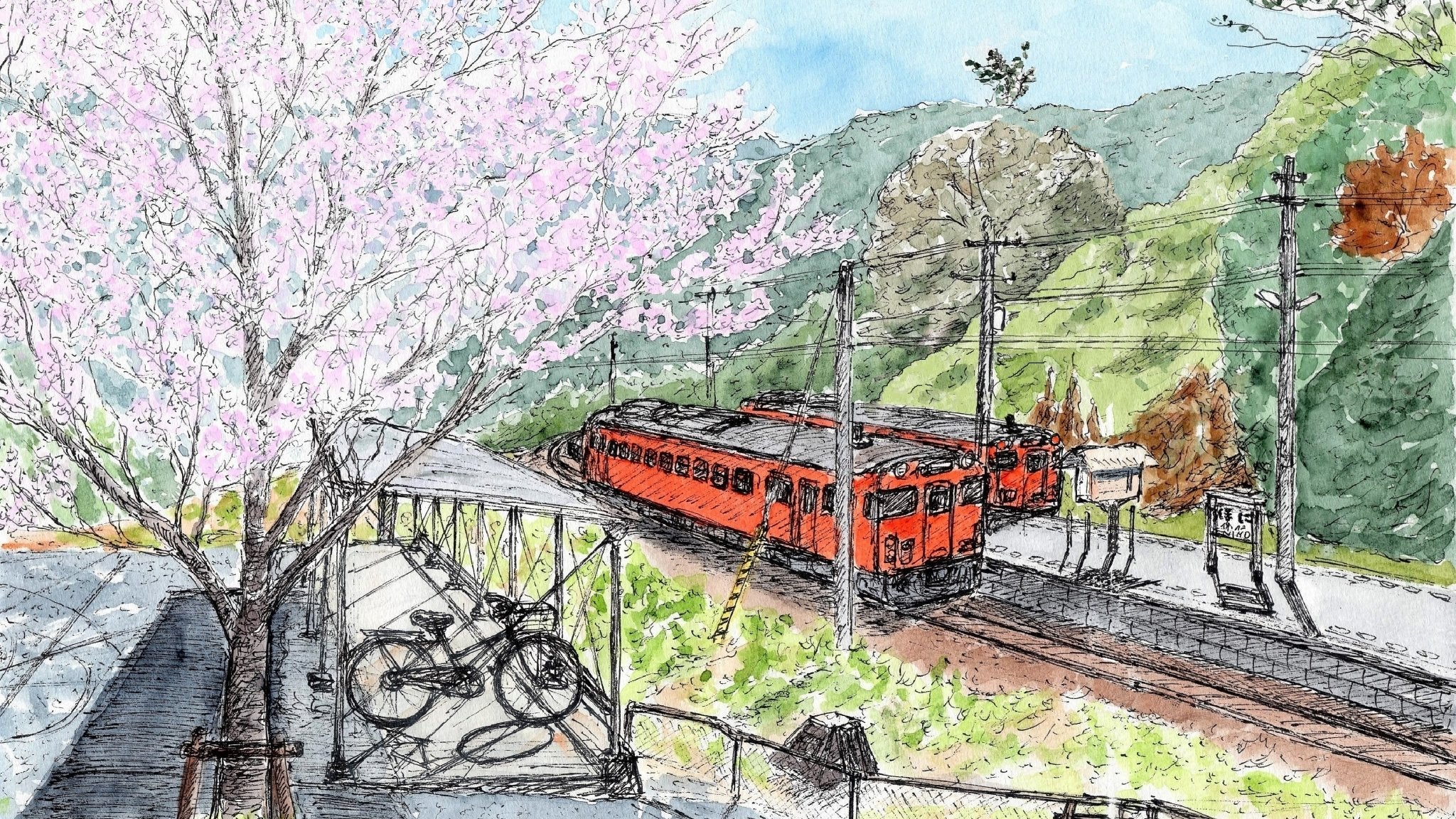
Ask the Staff: Places to Visit in Spring
Written by Team MUSUBI
Spring in Japan is a season of new beginnings. Children start the school year, companies look for new hires, and cherry blossom trees come into full bloom–coloring cities and parks in a beautiful pastel pink.
As the chill of winter starts to ease and the days become longer, each of us at MUSUBI KILN reflects upon spring memories and destinations we might want to revisit. Here, we've asked a few members of our staff to share some personally memorable spots.
tables of contents
Moto's Spot: Nostalgic Flavors
"As spring nears, a spot I always want to revisit is Taiya, a restaurant serving 'Tai-meshi' (sea bream rice) in the port town of Mitsu. Mitsu is located in Matsuyama City, Ehime Prefecture, where I used to live for about 15 years."

The restaurant, designated as a tangible cultural property, has a rustic charm.

Tai-meshi is a traditional Japanese dish in which sea bream is cooked with rice and flavored with sake, dashi, soy sauce, etc. After it’s cooked, the sea bream is gently folded into the rice–offering an umami-packed mouthful in every bite.
"The sea bream spawning season runs from March to June. Sea bream caught around this time are very beautiful, adorned with a petal-like pattern reminiscent of blooming spring flowers. Because of this, it's also known as 'sakura-dai' (cherry blossom sea bream). In addition to being beautiful, the sea bream are extremely fatty."
Ehime Prefecture faces the Seto Inland Sea, where currents are especially strong–making the flesh of the sea bream firm. Locally sourced fish and produce makes the Tai-meshi at Taiya especially delicious!

We were also recommended areas to explore! Getting to the restaurant a little early to enjoy the port or taking a stroll afterwards to visit Mitsu-Utsuwa (a handmade pottery shop) and its surrounding cafes are both great options.
Mina's Spot: Pleasant Surprises

Mina-san reflects fondly on a spring outing with her husband.
"The picture above was taken four years ago at Kinuta Park, within the Setagaya ward in western Tokyo. My husband and I went to go see the cherry blossoms in full bloom. Despite Kinuta Park being close to our house, it's hard to see any cherry trees from our window, and we had never gone in the spring."
Kinuta Park is one of Tokyo’s green gems–spanning a whopping 96 acres. Within its grounds are a bird sanctuary, a suspension bridge, cycling courses, and more!

The park has approximately 840 cherry trees, turning the grounds from green to pink during the blooming season. Though located in central Tokyo, the area is quite residential, filled with picnicking families and couples in the spring.
"We enjoyed watching the cherry blossoms and sky from under the cherry blossom trees as we munched on the baguette and cheese we had brought with us. Although four years have passed since, another cherry blossom viewing trip to Kinuta Park is on the top of my spring bucket list."
Chiaki's Spot: Time Escapes

The Edo-Tokyo Open Air Architectural Museum is an open air museum in the western suburbs of Tokyo. It exhibits a range of historic buildings from Tokyo during the Edo period.
"At the Edo-Tokyo Open Air Architectural Museum, which I visited two years ago during the fall foliage season, you can enjoy various trees and flowers as well as old architecture. This includes nostalgic Japanese wooden structures and Japanese-Western architecture rarely seen in Tokyo today. It is a wonderful place to experience the atmosphere of the Edo period (c. 1602-1867), now only introduced in movies and animations."
The buildings were relocated or reconstructed in order to preserve a chapter of architectural history, which has been almost completely lost due to natural calamities.

"Even though there are no amusement park-like attractions, my children enjoyed the museum very much. There are restaurants and rest areas where you can eat and drink, allowing you to enjoy the museum for the entire day! I would like to go again to view the cherry blossoms when the weather gets warmer."
The Edo-Tokyo Open Air Architectural Museum is located in Tokyo’s Koganei Park, which has approximately 1,700 cherry trees. All tourist attractions are crowded during the cherry blossom season, but the museum runs on a ticket system which limits the number of visitors–enabling you to enjoy a crowd-free experience.
Whether it's a trip to your favorite restaurant, going to see the cherry blossoms, or visiting historical sites, spring in Japan has so much to offer. The season is filled with the warmth of nostalgia and the anticipation of new things to come. We hope this article inspires you to revisit some of your favorite spots or to get out and create fresh memories!


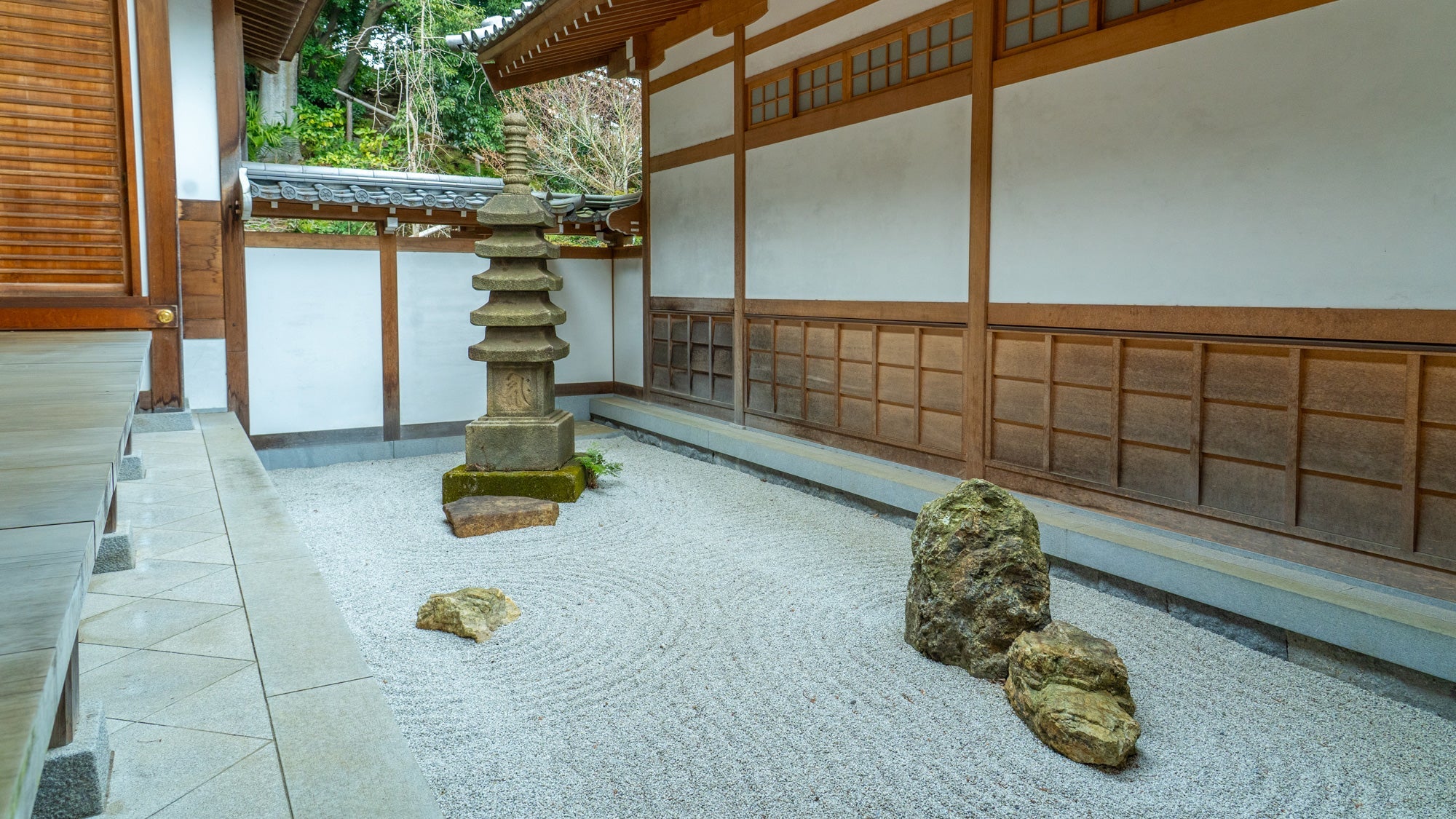
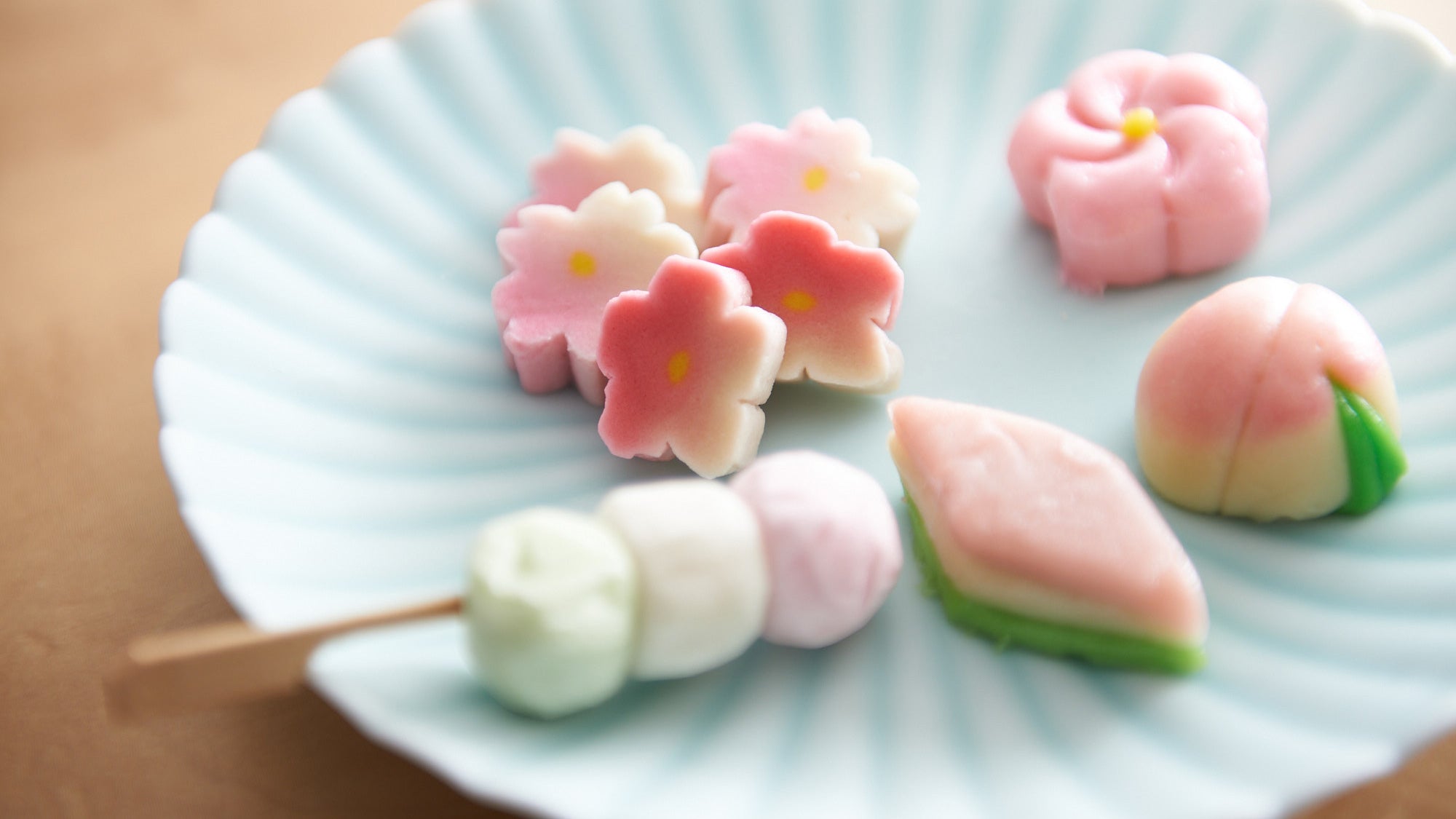
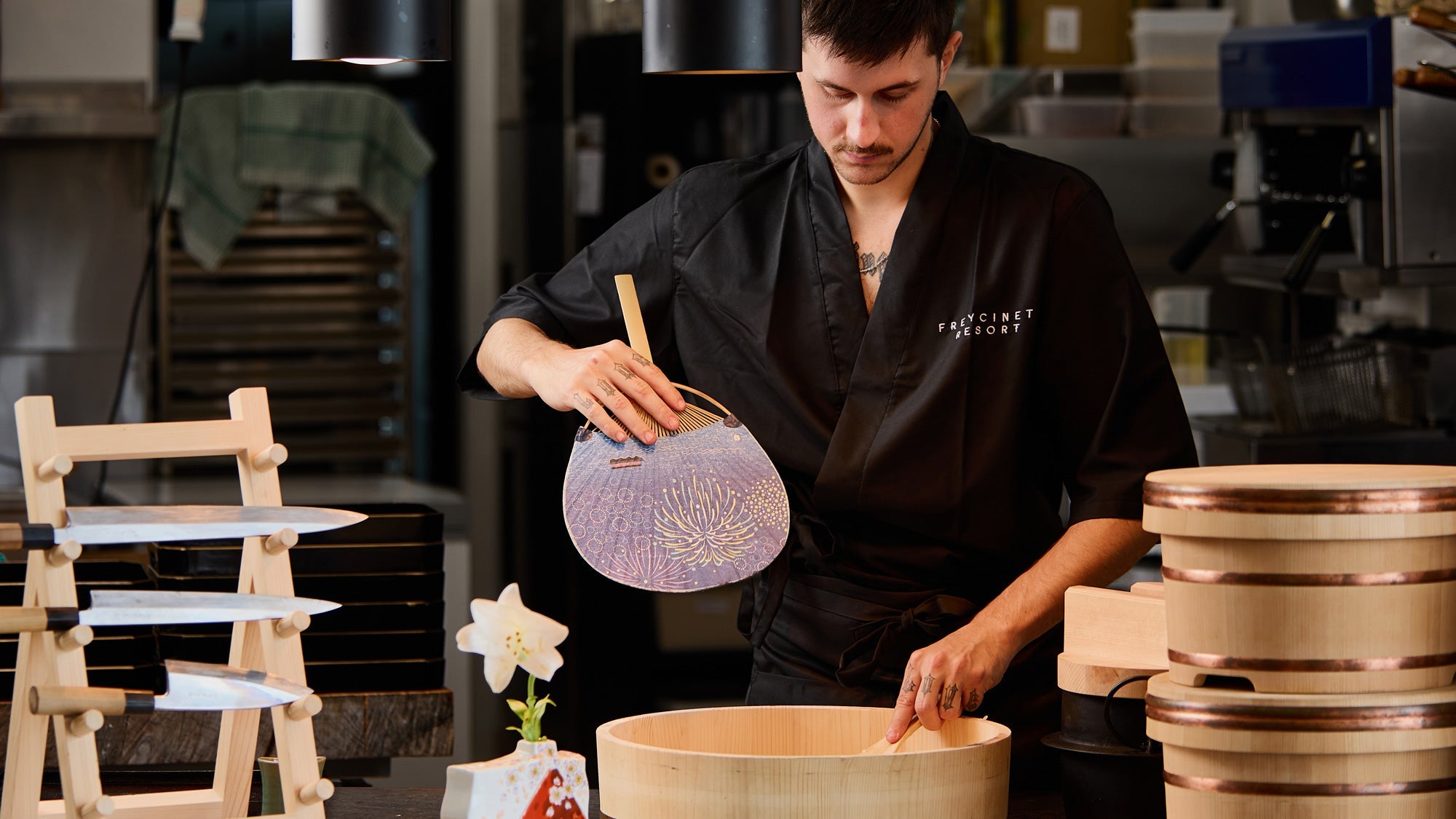
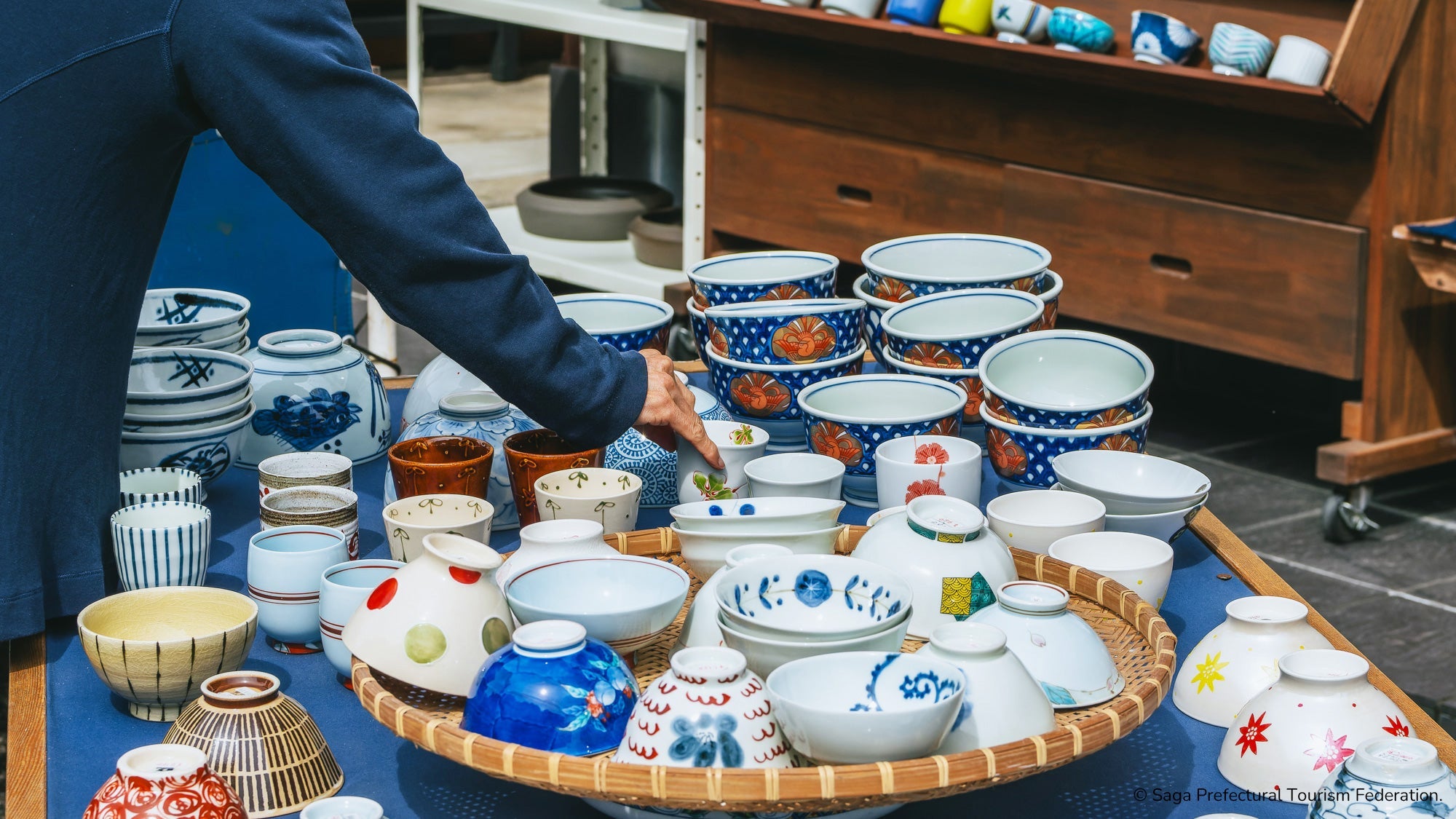
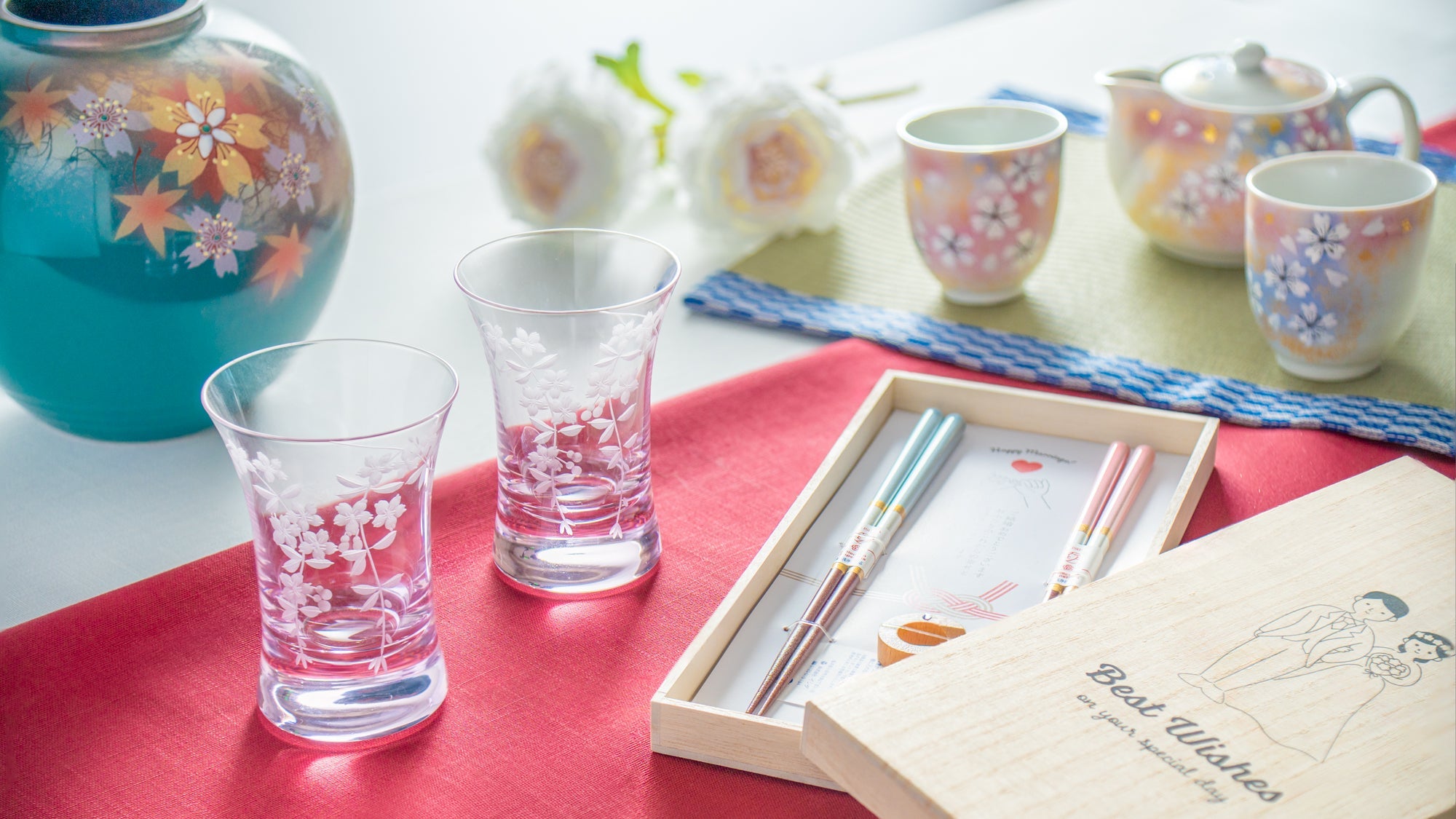
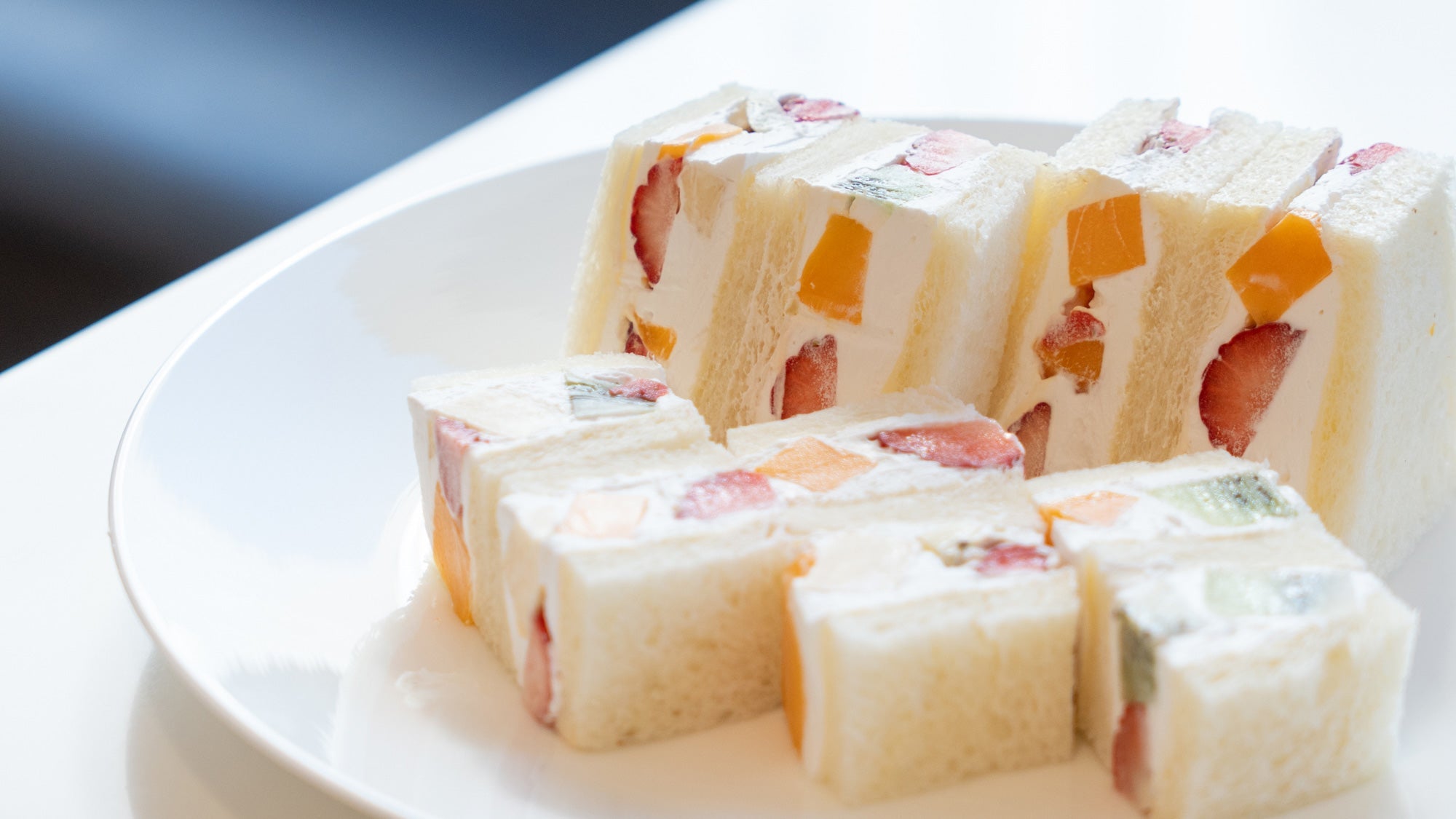

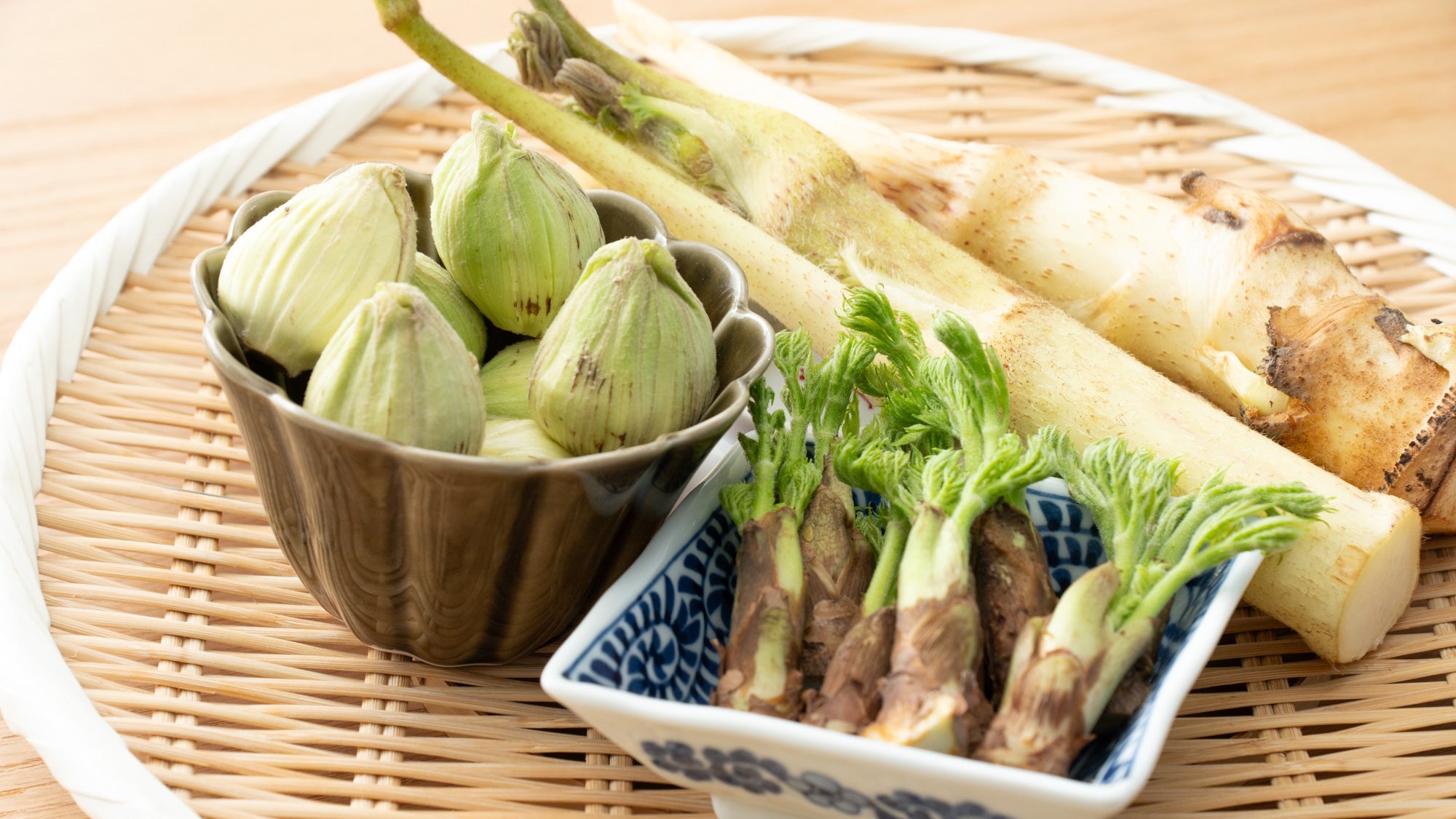

Leave a comment
This site is protected by hCaptcha and the hCaptcha Privacy Policy and Terms of Service apply.